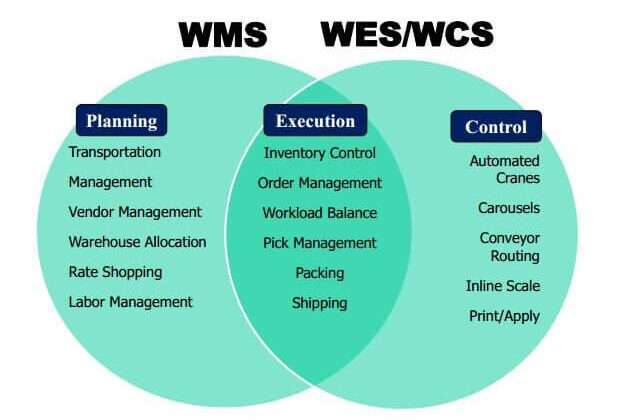The three types of warehouse software (WMS, WES, and WCS) are starting to overlap in functionality, at least that’s the thesis of an article I read earlier this month in DC Velocity. Titled “Blurred Lines: WMS vs. WCS vs. WES,” it argues that these three warehouse systems have developed to a point where many of their major functions overlap and it’s difficult for buyers to decide exactly what they need.
While WCS and WES have certainly come a long way in the past few years, a high-quality WMS is still the best option to track and control the movement and storage of materials within the warehouse. A high-quality WMS will provide benefits in the following areas:
- Order Accuracy
- Worker efficiency
- Overall speed of orders
- Reporting and KPIs
- Individual employee metrics
- Warehouse organization
While a WES will provide some functionality in voice picking, mobile scanner integration, inventory management, and labor management, it was not designed to perform as a WMS and should not be used as a replacement. If you need a WMS, buy a WMS. Don’t expect a WCS or WES to deliver functionality that it was not designed for.
This sounds simple in theory, but it gets more complicated in practice because not every company shopping for software knows what it needs. Before researching a new warehouse system, companies evaluate current systems to identify both strengths and weaknesses. Next, they should identify what areas they want to improve. Finally, they should make a list of the functions that will help them achieve those goals. By approaching the buying process with a clear understanding of what each type of software can deliver, they can see the marketing pitch for what it is and stay focused on getting a solution that will best fit their needs.

